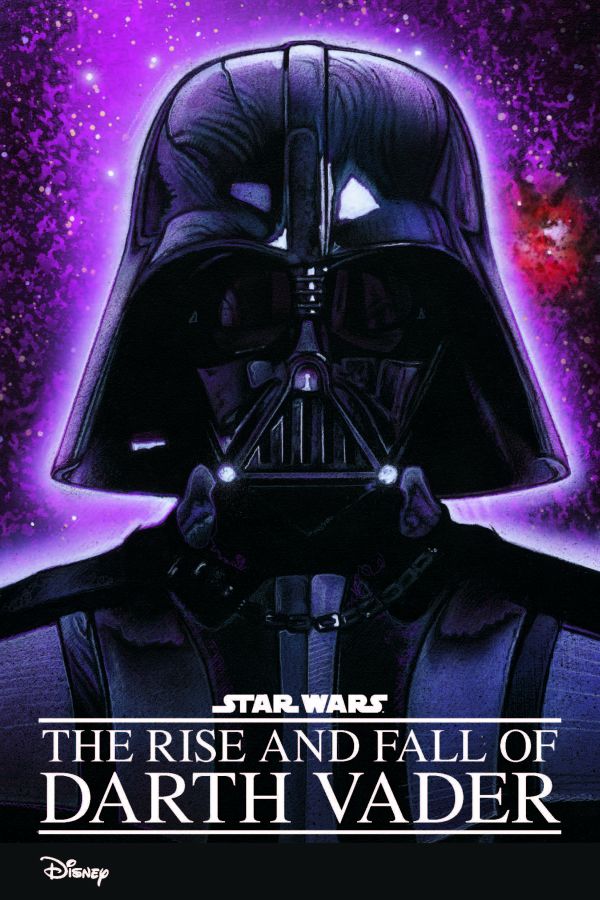The Rise and Fall of Darth Vader
A Descent into Darkness: A Review of "The Rise and Fall of Darth Vader"
Ryder Windham's "The Rise and Fall of Darth Vader" delves into the tumultuous life of one of Star Wars' most iconic villains, Anakin Skywalker's transformation into the dark lord. While offering a fresh perspective on familiar events, the novel struggles to break new ground and ultimately falls short of truly illuminating Vader's complex journey.
Strengths:
- Emotional Depth: Windham captures Anakin's inner turmoil as he grapples with conflicting emotions, desires, and fears, highlighting his vulnerability and paving the way for his tragic fall.
- Exploration of Palpatine's Manipulation: The book effectively portrays Palpatine's cunning manipulation, subtly weaving doubt and fear into Anakin's mind to orchestrate his descent into darkness.
Weaknesses:
- Reliance on Canon: The novel heavily leans on established Star Wars canon, rehashing familiar plot points and offering limited original insights.
- Lack of Originality: While the emotional depth is appreciated, the overall narrative feels predictable and lacks the compelling twists or character development to truly elevate the story.
Overall Opinion:
"The Rise and Fall of Darth Vader" provides a serviceable retelling of Anakin's fall from grace, exploring his internal conflicts with greater nuance than some previous adaptations. However, its heavy reliance on established canon and lack of originality limit its impact. Fans seeking a fresh perspective on Vader's journey may find this book underwhelming.

Anakin Skywalker, a gifted Jedi Knight torn between duty and personal desires, falls prey to the machinations of Palpatine, the Sith Lord disguised as Chancellor. Palpatine manipulates Anakin's fear of losing loved ones and his longing for power, slowly turning him against the Jedi Order.
Driven by his desire to save Padmé Amidala from death, Anakin embraces the dark side of the Force and becomes Darth Vader. He aids Palpatine in orchestrating the destruction of the Jedi and the rise of the Galactic Empire. However, Vader's triumph comes at a devastating cost: the loss of his identity and the tragic fall of his former brethren. His story serves as a cautionary tale about the seductive nature of power and the destructive consequences of unchecked ambition.
Themes:
- Temptation and Corruption: The novel explores the seductive nature of power and how it can corrupt even the purest intentions, ultimately leading to Anakin's downfall.
- Loss and Grief: Anakin's inability to cope with loss fuels his vulnerability to Palpatine's manipulation, highlighting the destructive consequences of grief unchecked.
- The Nature of Good and Evil: The book grapples with the complexities of morality, blurring the lines between good and evil as Anakin's descent into darkness unfolds.
Characters:
- Anakin Skywalker/Darth Vader: The central figure, portrayed as a conflicted individual struggling with fear, anger, and a desperate desire to protect those he loves.
- Palpatine (Emperor Darth Sidious): The manipulative mastermind who expertly preys on Anakin's insecurities and guides him toward the dark side.
Highlights:
- Emotional Portrayal of Anakin: Windham effectively captures Anakin's emotional turmoil, showcasing his internal struggles with fear, anger, and love.
- Subtle Depiction of Palpatine's Manipulation: The novel paints a chilling portrait of Palpatine's calculated manipulation, gradually weaving doubt and despair into Anakin's mind.
Conclusion:
"The Rise and Fall of Darth Vader" offers a familiar yet emotionally charged retelling of Anakin Skywalker's tragic transformation. While lacking originality in its plot, the novel delves deeper into Anakin's internal conflicts, providing a nuanced understanding of his descent into darkness.
